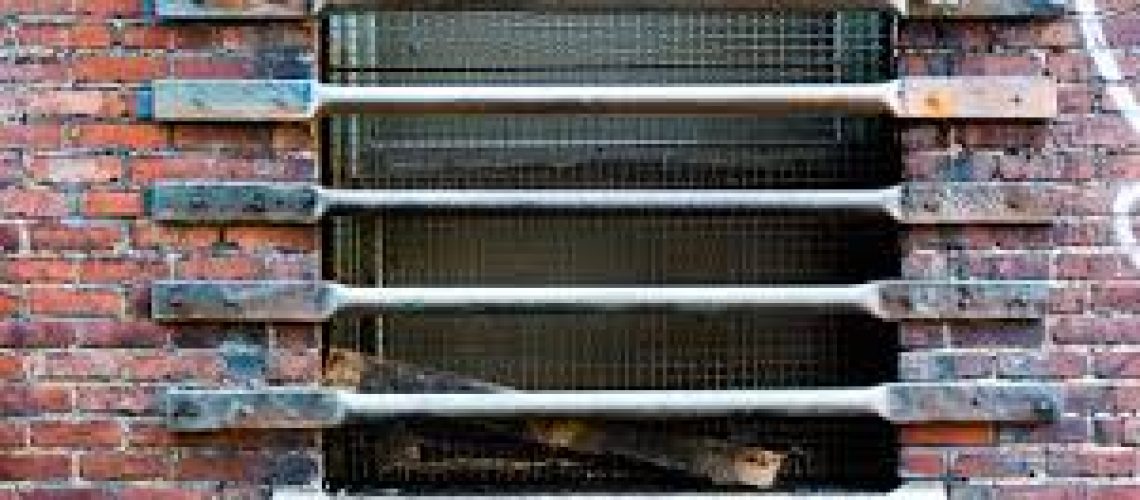When it comes to buying a home, safety should be a top priority. A home may appear aesthetically pleasing, but beneath the surface, there could be lurking safety hazards that, if left unattended, could pose risks to the occupants. Home inspectors play a crucial role in unveiling these potential dangers, using their expertise to identify and report on safety issues that could impact the well-being of those residing in the property. In this comprehensive guide, we’ll explore the most common safety issues encountered by home inspectors, shedding light on the importance of addressing these concerns for a secure and comfortable living environment.
1. Electrical Hazards
Issue: Outdated Wiring, Overloaded Circuits, and Faulty Systems
One of the most prevalent safety issues uncovered by home inspectors is related to the electrical system. Outdated wiring, such as knob-and-tube or aluminum wiring, can pose fire hazards and may not meet current safety standards. Overloaded circuits, often caused by a high demand for electricity on a single circuit, can lead to overheating and electrical failures. Faulty electrical systems, including malfunctioning outlets, switches, or panels, present immediate safety concerns.
Why It Matters:
Electrical issues can result in electrical shocks, fires, and damage to appliances. Addressing these concerns promptly is essential for the safety of the occupants and the prevention of potentially catastrophic incidents.
2. Fireplace and Chimney Issues
Issue: Creosote Buildup, Damaged Flue Liners, and Inadequate Ventilation
Fireplaces add warmth and charm to a home, but they can also harbor safety hazards if not properly maintained. Creosote buildup in chimneys poses a fire risk, and damaged flue liners can allow hazardous gases, including carbon monoxide, to enter the home. Inadequate ventilation can lead to the buildup of smoke and other combustion byproducts.
Why It Matters:
Fireplace and chimney issues can result in fires or the release of toxic gases. Regular maintenance and inspections are crucial to ensuring that these features are safe for use.
3. Structural Instability
Issue: Foundation Cracks, Settling, and Sagging Floors
A structurally sound home is essential for the safety of its occupants. Home inspectors frequently uncover issues related to the foundation, such as cracks, settling, or unevenness. Sagging floors may indicate problems with the structural integrity of the home.
Why It Matters:
Structural issues can lead to significant safety concerns, including the potential for collapses or other catastrophic events. Addressing foundation problems is crucial for maintaining the stability and safety of the entire structure.
4. Mold and Indoor Air Quality
Issue: Mold Growth, Poor Ventilation, and Allergens
Mold growth is a common issue identified by home inspectors, especially in areas prone to high humidity or water intrusion. Poor ventilation contributes to excess moisture, creating an environment conducive to mold and allergen proliferation.
Why It Matters:
Mold can have serious health implications, particularly for individuals with respiratory conditions or allergies. Improving indoor air quality by addressing mold and ventilation issues is essential for the well-being of the occupants.
5. Stairway and Handrail Safety
Issue: Worn or Unstable Stairs, Missing or Inadequate Handrails
Stairways are a potential source of accidents in a home. Inspectors often discover worn or unstable stairs that pose a tripping hazard. Missing or inadequate handrails can increase the risk of falls, especially for young children or elderly occupants.
Why It Matters:
Stairway accidents can result in injuries ranging from minor bruises to severe fractures. Ensuring that stairs are in good condition and equipped with proper handrails is crucial for the safety of everyone in the home.
6. Carbon Monoxide and Gas Leaks
Issue: Malfunctioning Appliances, Poor Ventilation, and Gas Line Problems
Carbon monoxide (CO) is a colorless, odorless gas that can be deadly in high concentrations. Home inspectors frequently identify issues with gas appliances, such as furnaces or water heaters, that may be emitting CO. Poor ventilation or problems with gas lines can exacerbate the risk of gas leaks.
Why It Matters:
Carbon monoxide poisoning can be fatal. Identifying and addressing issues related to gas appliances and ventilation is paramount for preventing this silent but deadly threat.
7. Hazards From Unsafe Decking
Issue: Uneven Surfaces, Loose Handrails, and Rotted Decking
Outdoor spaces, including decks and patios, are not immune to safety hazards. Inspectors often find uneven surfaces, loose handrails, and rotted decking that pose tripping and falling hazards or otherwise increase the risk of accidents.
Why It Matters:
Tripping hazards can result in falls, leading to injuries. Deck collapse is relatively common and can lead to injury or death. Regular maintenance and repairs to outdoor spaces are essential for ensuring the safety of occupants and guests.
8. Plumbing Leaks and Water Damage
Issue: Leaking Pipes, Water Stains, and Inadequate Drainage
Plumbing issues are not only a nuisance but can also pose safety risks. Home inspectors frequently identify leaking pipes, water stains on walls or ceilings, and inadequate drainage that can lead to water damage.
Why It Matters:
Water damage can compromise the structural integrity of a home and create an environment conducive to mold growth. Addressing plumbing issues promptly is crucial for preventing further damage and maintaining a safe living environment.
9. Faulty Heating Systems
Issue: Malfunctioning Furnaces, Inadequate Ventilation, and Carbon Monoxide Risks
Heating systems, particularly furnaces, are critical for maintaining a comfortable indoor environment. Inspectors often uncover issues such as malfunctioning furnaces, inadequate ventilation, and potential risks of carbon monoxide leaks.
Why It Matters:
Faulty heating systems can lead to inadequate heating, increased energy costs, and, in extreme cases, carbon monoxide poisoning. Regular maintenance and prompt repairs are essential for the safety and comfort of occupants.
10. Aging Appliances and Outdated Systems
Issue: Outdated Electrical Panels, Aging Water Heaters, and Worn-Out Appliances
Aging appliances and outdated systems, while not immediate safety hazards, can pose risks over time. Inspectors may identify issues with outdated electrical panels, aging water heaters, and worn-out appliances that may need replacement or upgrades.
Why It Matters:
Outdated systems can be prone to malfunctions, increasing the risk of electrical fires or other hazards. Budgeting for the replacement or upgrade of aging appliances and systems is essential for the long-term safety and efficiency of the home.
Conclusion
Home inspectors play a crucial role in uncovering safety issues that may not be immediately apparent to potential homebuyers. From electrical hazards to structural instability and indoor air quality concerns, addressing these issues is essential for creating a safe and secure living environment. Homebuyers should use inspection reports as a roadmap for prioritizing repairs and maintenance to ensure the well-being of their future home. In the realm of homeownership, knowledge is power, and addressing safety issues promptly is the key to enjoying a home that provides comfort, security, and peace of mind.


